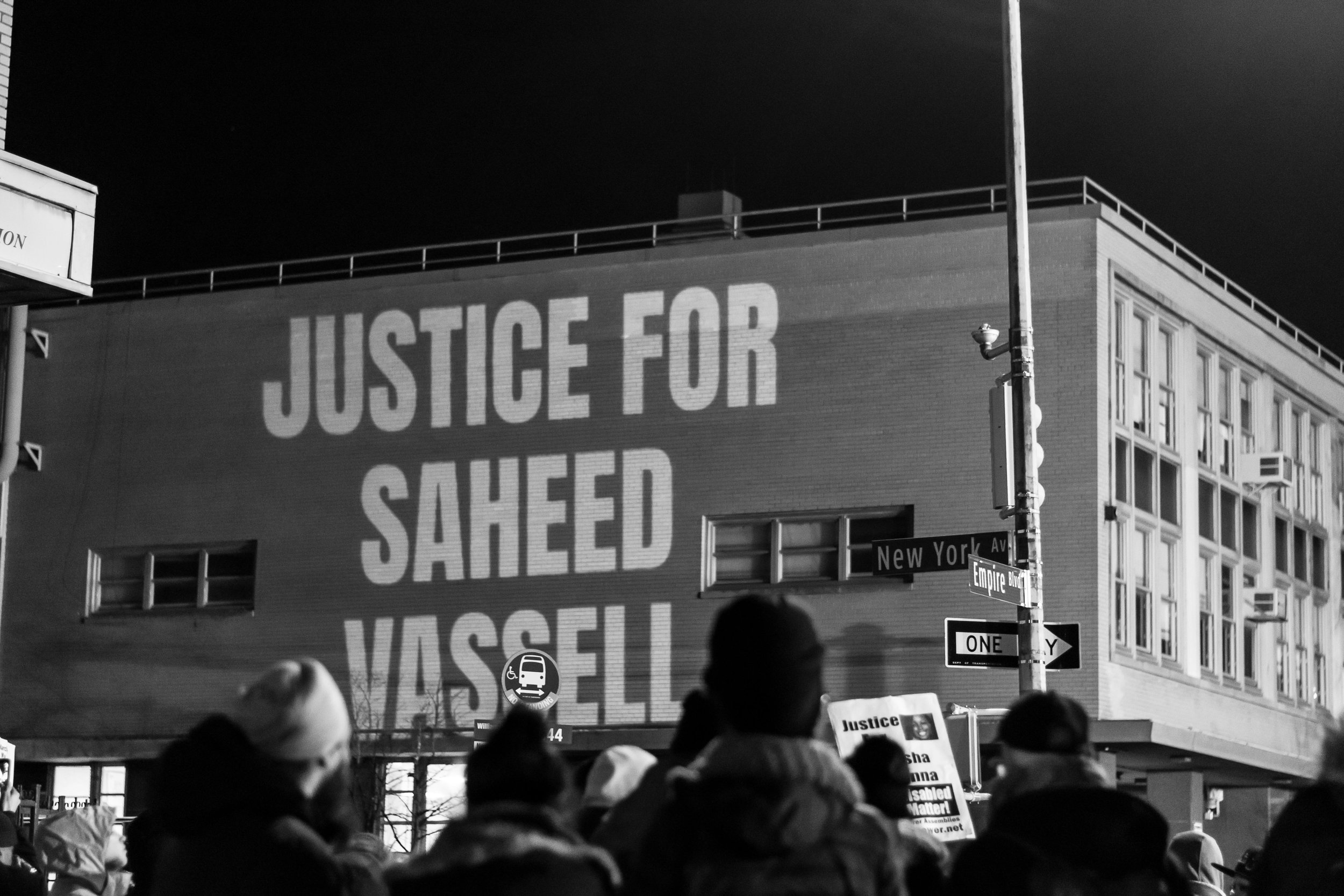Sarah Gonser of The Hechinger Report looked at how a high school in Lowell, Massachusetts prepares students for the real world:
Like many cities across America, Lowell is struggling to find its economic footing as millions of blue-collar jobs in manufacturing, construction and transportation disappear , subject to offshoring and automation. The jobs that once kept the city prosperous are being replaced by skilled jobs in service sectors such as health care, finance and information technology — positions that require more education than just a high-school diploma, thus squeezing out many of those blue-collar, traditionally middle-class workers ... On the surface, American high schools are doing better than ever at educating young people. Eighty-four percent of students are graduating on time — an all-time high, according to the U.S. Department of Education — and 70 percent are enrolling in college directly after high school. And yet, beneath these optimistic benchmarks lies a career- and job-readiness picture that may be increasingly out of sync with what the future economy will require.
It's worth reading the whole piece, as it examines a range of students, and the various choices they are making about colleges and careers. As with many debates about the role of high schools in America, the discussion hinges on whether students should be prepared for a four-year college, a career, or both. I don't think the two are mutually exclusive, and given the changes to the economy in the last generation, it's reasonable to think that all young people need post-secondary education. Does that mean a four-year liberal arts degree? In many cases, probably not, but career-only preparation is bound to lock people in lower-wage jobs where they acquire fewer portable skills.
Meanwhile, as Natalie Wexler of The Atlantic points out, American schools have failed to internalize scientific consensus on the teaching of reading:
On a daily basis, teachers have their students practice skills and strategies like “finding the main idea” or “making inferences.” And teachers select books that match the given skill rather than because of the text’s content. Rarely do the topics connect: Students might read a book about bridges one day, zebras the next, and clouds the day after that. Cognitive scientists have known for decades that simply mastering comprehension skills doesn’t ensure a young student will be able to apply them to whatever texts they’re confronted with on standardized tests and in their studies later in life.
If you want to rile-up a group of reading specialists, ask them to argue about this topic. Two things are true simultaneously. First, it is impossible to be a strong reader without a ton of content knowledge, and we cannot teach reading without asking students to consume copious amounts of variegated content. Second, because of America's problematic history with race and ethnicity, historically, too much of the "content" in schools has been skewed towards a Euro-centric perspective on what kind of content is "relevant" or "standard."
Does this mean that we should abandon the idea that content is important?
No. Fortunately, many teachers find a way to teach the highest levels of rigor, while introducing significant diversity in the selection of reading texts.
Finally today, Rebecca Stoner is in Pacific Standard with an examination of a new book about the role of white women in maintaining segregation:
Recently published by Oxford University Press, Elizabeth Gillespie McRae's Mothers of Massive Resistance: White Women and the Politics of White Supremacy takes a sharp look at mainstream, everyday segregationism: the segregationism of respectable white women. How, McRae asks, did those white women work to maintain segregation across the 20th century? What was their role in the battle to preserve Jim Crow? Why do many still support racist policies and politicians? Unlike governors or legislators, white women couldn't directly enforce Jim Crow with state power. Unlike the Klan, they generally eschewed direct violence. Their sphere of authority was family, home, and those local spaces considered extensions of the domestic sphere—most notably public schools.
It's impossible to understand the racial dynamics of public schooling without grappling with the role of white, female teachers in upholding the most critical bastions of institutional racism. Given the fact that the majority of white women in America voted for our current president, it's hard to avoid the conclusion that this particular role continues today.
Have a constructive week ...












